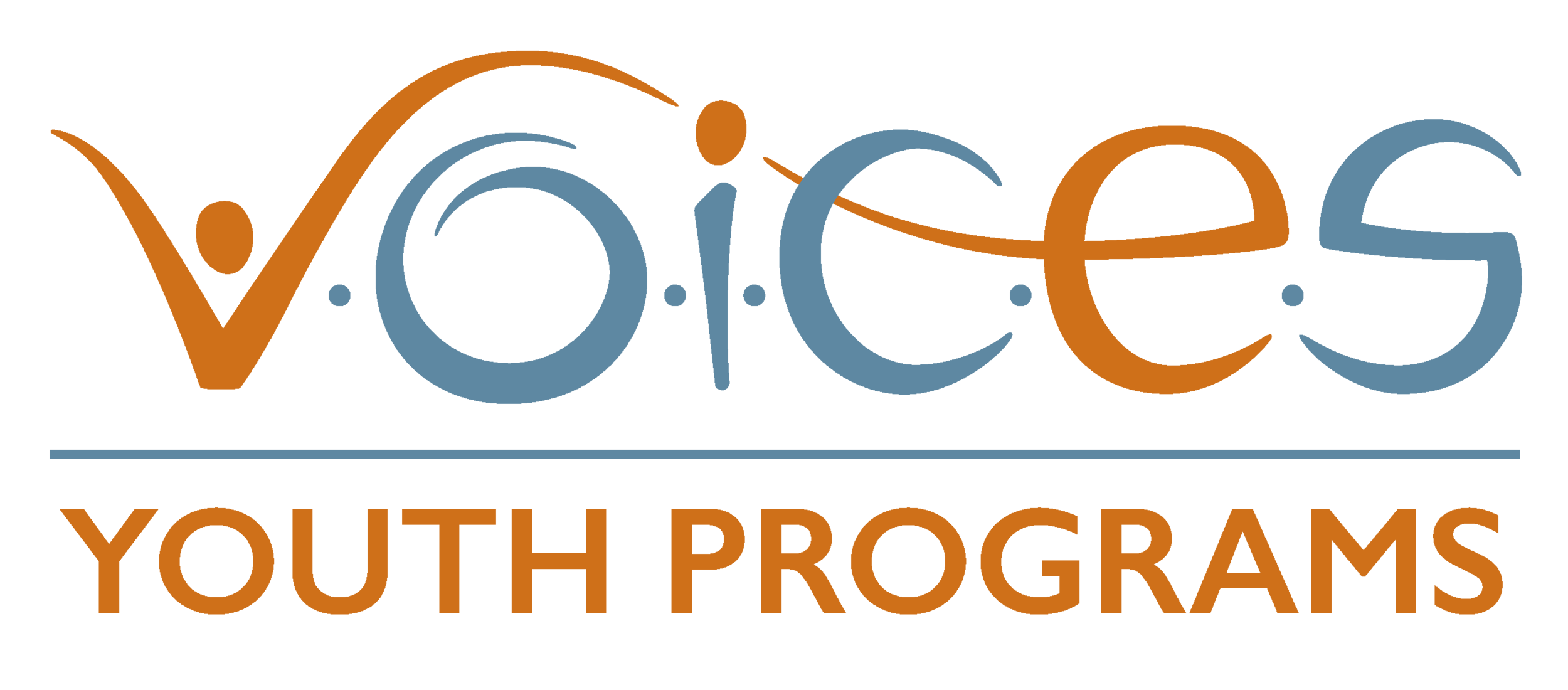State law expanding foster care has created only modest gains, report says
The Press Democrat
Dennis Tyler-St. Clair is an “AB 12 youth cohort subject matter expert.”
That means he has some ideas for how Sonoma County can improve foster care services for youth who are aging out of the system. And the county is listening.
Tyler-St. Clair, 21, of Santa Rosa is one of a half-dozen young adults who spent a year assessing the county’s extended foster care services. They were expanded in 2012 to youth between 18 and 21 under Assembly Bill 12, a new state law aimed at helping older foster youth transition to independence.
“A lot of my peers are entitled to services that they are not receiving,” he said. “We worked together learning about a lot of what’s broken in foster care and extended foster care.”
The report, which received funding from the Walter S. Johnson Foundation, identifies four possible avenues for making the most of the county’s extended foster care services: improving access to extended foster services to eligible youth, including those entering the system through probation; targeting homelessness and housing instability among transition-age foster youth; increasing high school graduation rates; and improving college access.
The report was written by the county Family, Youth and Children’s Division and VOICES, a local nonprofit organization that provides services for transition-age foster youth.
Tyler-St. Clair, who entered the foster care system through probation, said that in some cases, older foster youth aren’t aware that they can get into transitional housing or receive a housing supplement or voucher of about $800 a month.
About 17 percent of the county’s more than 3,100 homeless people have at some point spent time in foster care, according to the report. Since 1998, about 3,000 children have passed through the local foster care system.
There are about 1,100 former foster youth under 24 living in the county, and about 100 of them are currently participating in the county’s extended foster care system.
The outcomes many had hoped for under AB 12, signed into law in 2010 and implemented in Sonoma County in 2012, have been modest, said Amber Twitchell, program director of VOICES.
“Across the state we’re not seeing the extreme positive outcomes that we were hoping would come out of extended foster care,” Twitchell said. “It’s too early to tell for sure in Sonoma County. All of us really wanted to see immediate success and we didn’t.”
Twitchell said she hopes the report, the first phase of a three-year project, will lead to greater use and implementation of AB 12 services. The second phase calls for the implementation of the report recommendations through the newly formed Sonoma County Coalition for Foster Youth, which includes county agencies, local nonprofit organizations and a second cohort of foster youth.
The third and final phase involves devising ways of making the changes sustainable and permanent.
Assistant Director of Human Services Karen Fies, who participated in the first-phase report, said foster youth identified their top priorities.
“Now the county’s nonprofit and educational partners can work together to achieve those goals,” she said.
